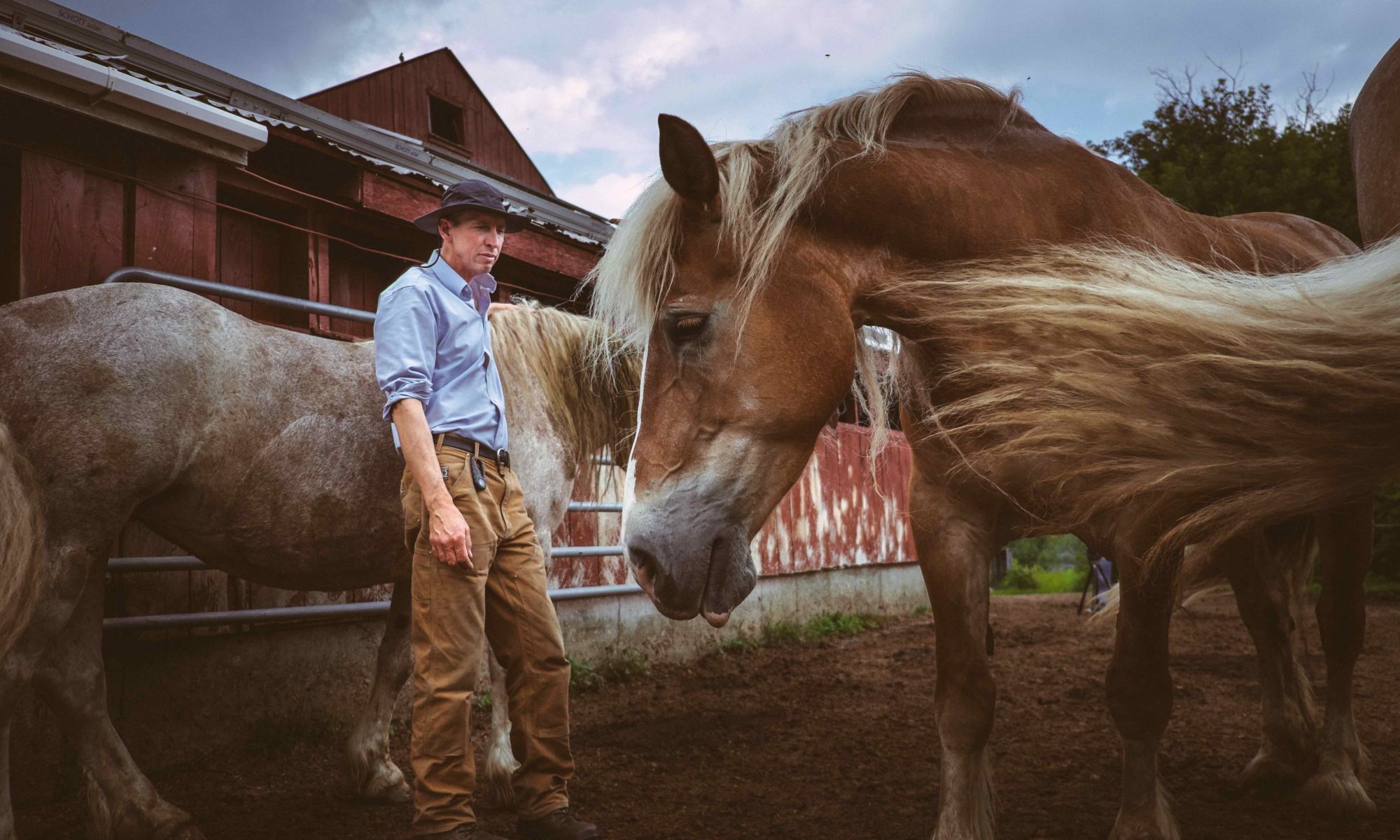For the past few years, I’ve been learning more about how people have practiced agriculture in central and north-central Massachusetts over the past two hundred years. I’ve been piecing together stories about specific towns, farms, and people and trying to understand them within the long progression toward—and sometimes away from—large-scale industrial agriculture.
It’s been a challenge to see through the many layers disconnecting us from these histories. These days, most of us have little or no direct experience of farming. And our inherited ideas about New England being unsuited to farming get in the way of seeing the realities of how people have actually farmed here over time.
To put together a clearer picture, I’ve drawn on a wide range of very small details and linked them with other people’s research and scholarship. I’ve written the stories in this book in a style that I hope will appeal to a general reader with an interest in the subject, but they also rest on a solid foundation of scholarly exploration.
 I started this project with my own town of Wendell (you can read some of the stories from that research here) and expanded in the summer of 2015 in a project called Farm Values: Civic Agriculture at the Crossroads, undertaken in partnership with Mount Grace Land Conservation Trust and funded by a grant from Mass Humanities. Mount Grace was then conducting a pilot survey of food system resources in six towns at the center of its twenty-three-town service area. Farm Values focused on one farm in each of the six towns—Warwick, Orange, Athol, Petersham, Barre, and Hardwick—as a way to connect the present-day survey with a sense of the challenges that farmers have faced over time in this part of Massachusetts. (Click on the map for a larger image.)
I started this project with my own town of Wendell (you can read some of the stories from that research here) and expanded in the summer of 2015 in a project called Farm Values: Civic Agriculture at the Crossroads, undertaken in partnership with Mount Grace Land Conservation Trust and funded by a grant from Mass Humanities. Mount Grace was then conducting a pilot survey of food system resources in six towns at the center of its twenty-three-town service area. Farm Values focused on one farm in each of the six towns—Warwick, Orange, Athol, Petersham, Barre, and Hardwick—as a way to connect the present-day survey with a sense of the challenges that farmers have faced over time in this part of Massachusetts. (Click on the map for a larger image.)
We should not underestimate those challenges. Our resources in land and wealth have always been more limited than in other parts of the state. We’re not close to major cities and navigable waterways. We have a population spread out across many small towns and a good deal of hilly land not suited to growing market crops on a large scale. We’re also engaged in an ongoing struggle for economic recovery after the loss of major manufacturing in many of our towns.
But the histories of these six farms show us how people have coped and changed and continued to find ways to stay on the land—or to return to it as new and experienced farmers have done again and again. These local stories of food and farming also show us what it means to work within finite resources and what it takes to create new opportunities at a small but sustainable scale that’s rooted in community. The stories remind us that both food and energy ultimately rely on a natural world with considerable limits, something we often manage to forget in an era when fossil fuels have let us live well beyond our ecological means.
I hope the stories and photographs in this book will inspire you to become better acquainted with not only the six featured farms but the many others around the Quabbin that are producing good local foods and maintaining farmland in agricultural production. The recipes in the book— many of them from the featured farmers themselves—are offered as another way to connect with what’s happening around our local food economy.
Most of all, I hope the book will add something to our collective conversation about what it means to eat and live more locally and sustainably—a conversation that matters deeply to us all.
